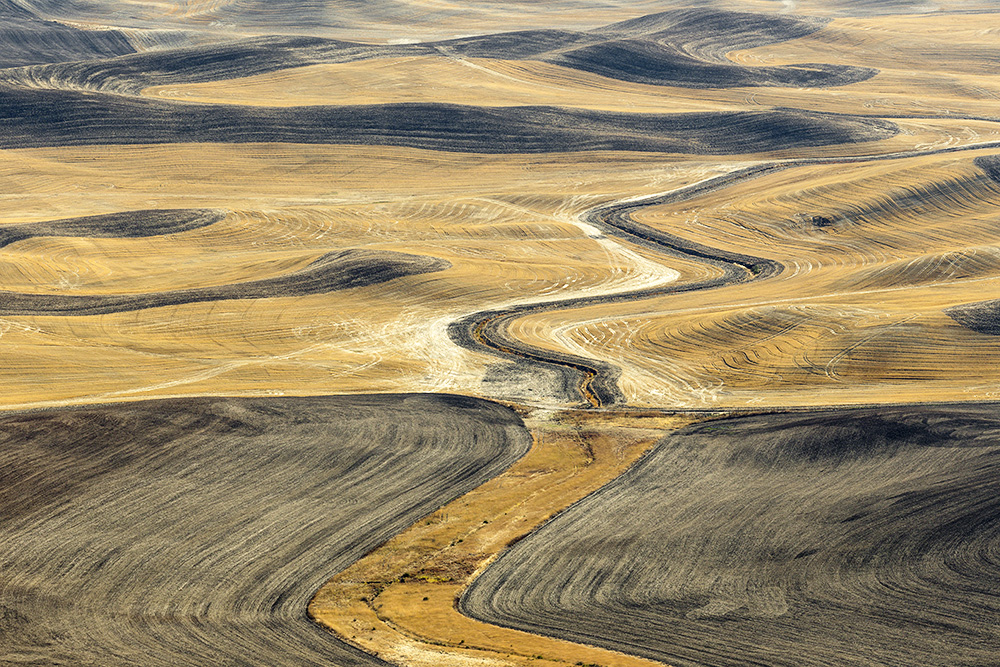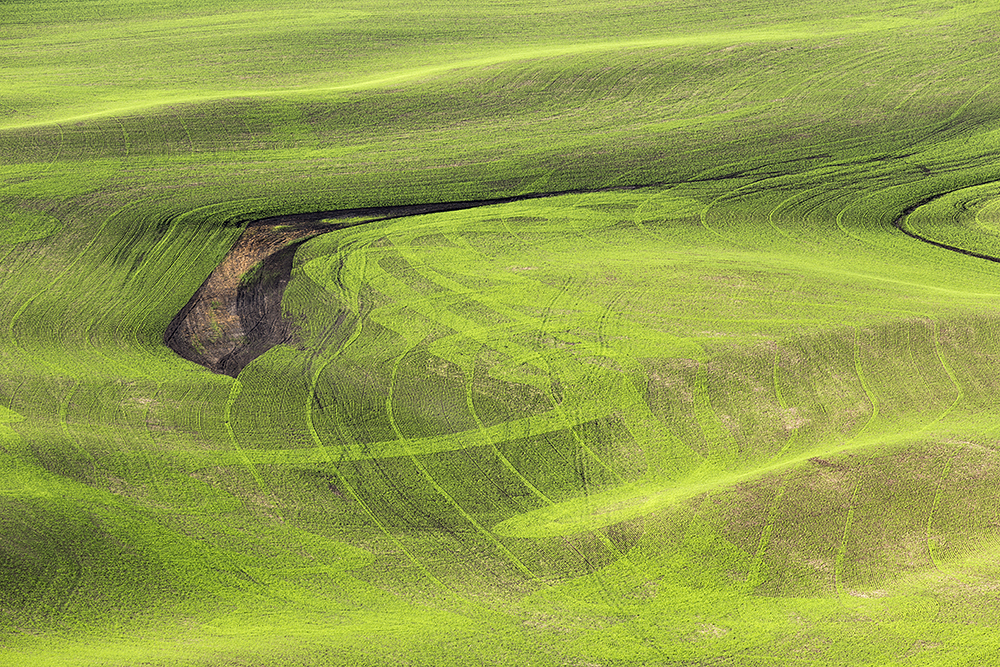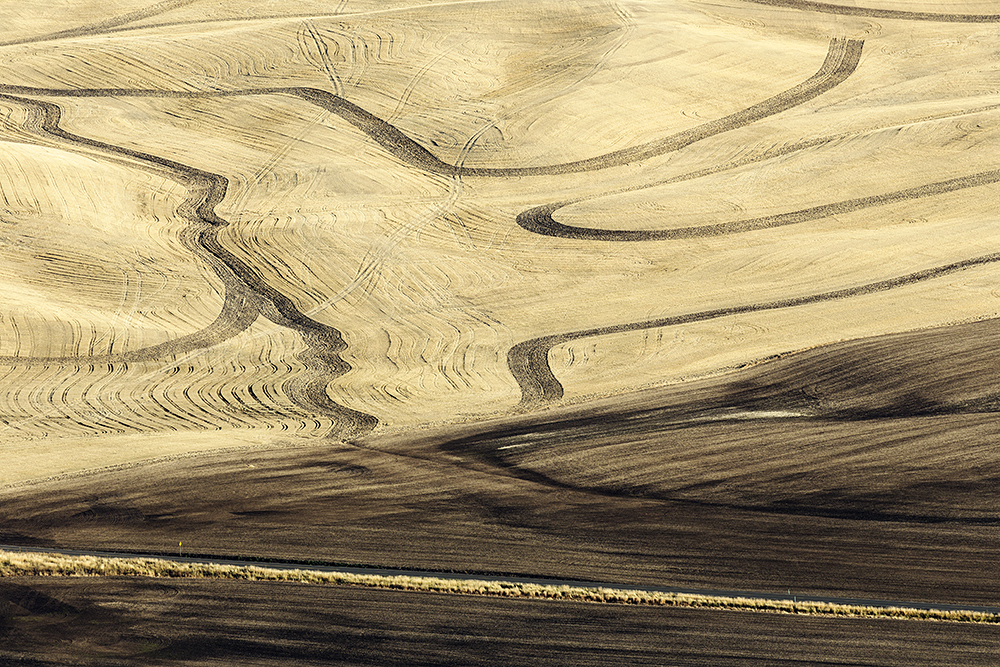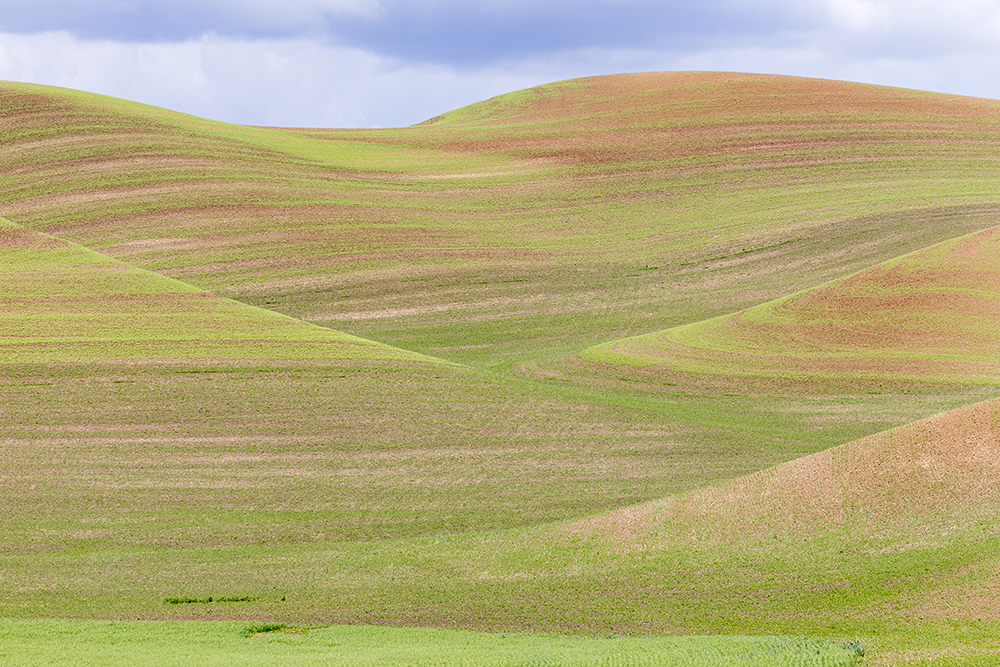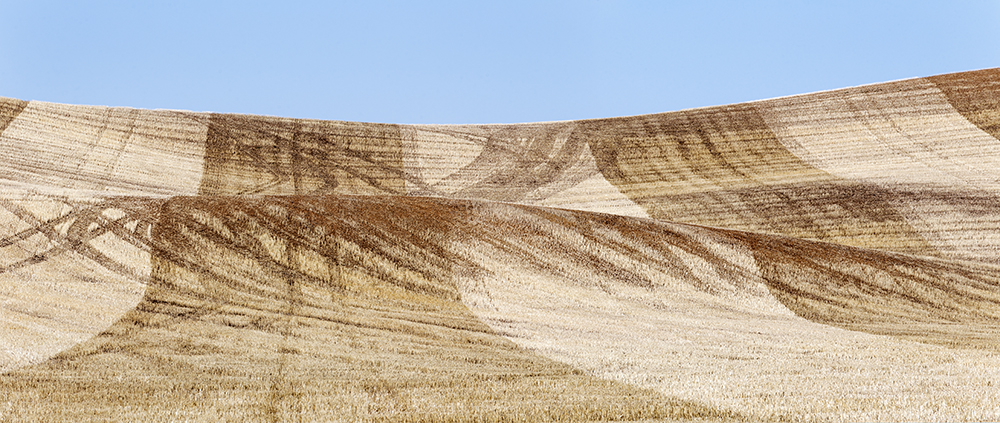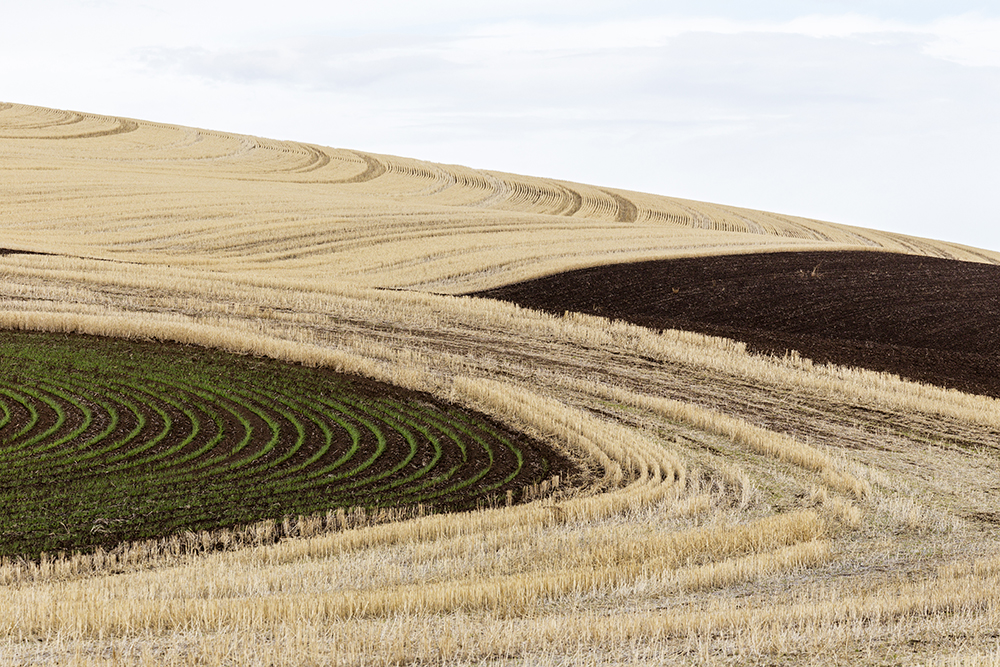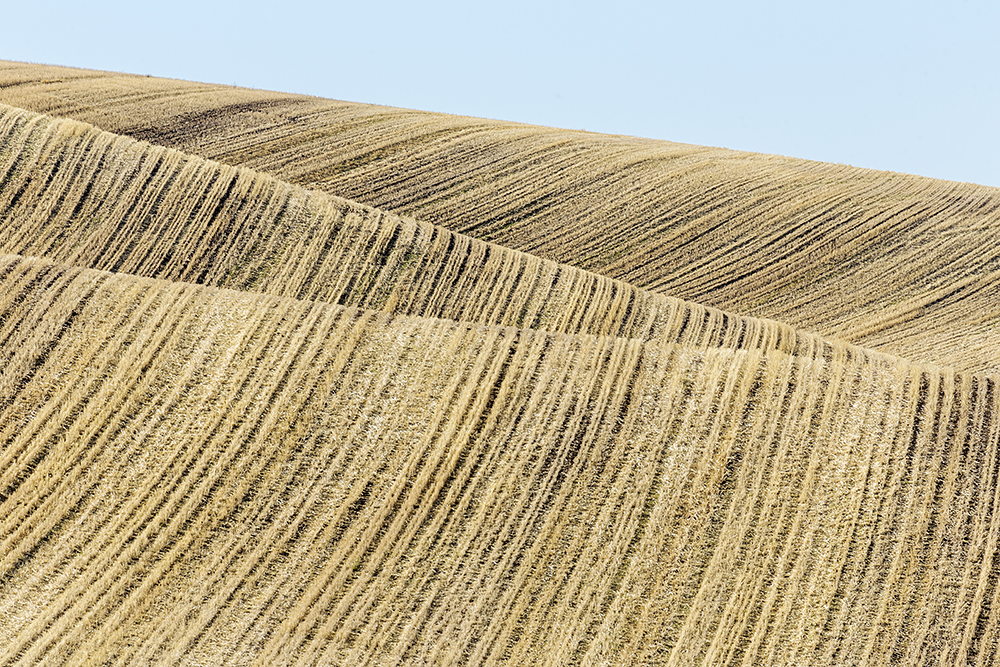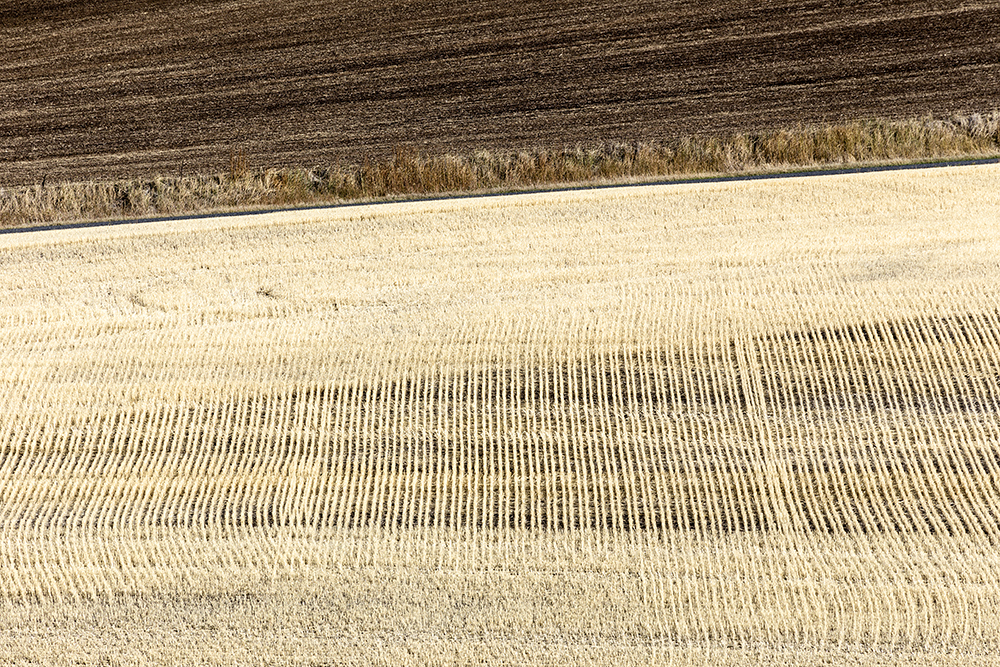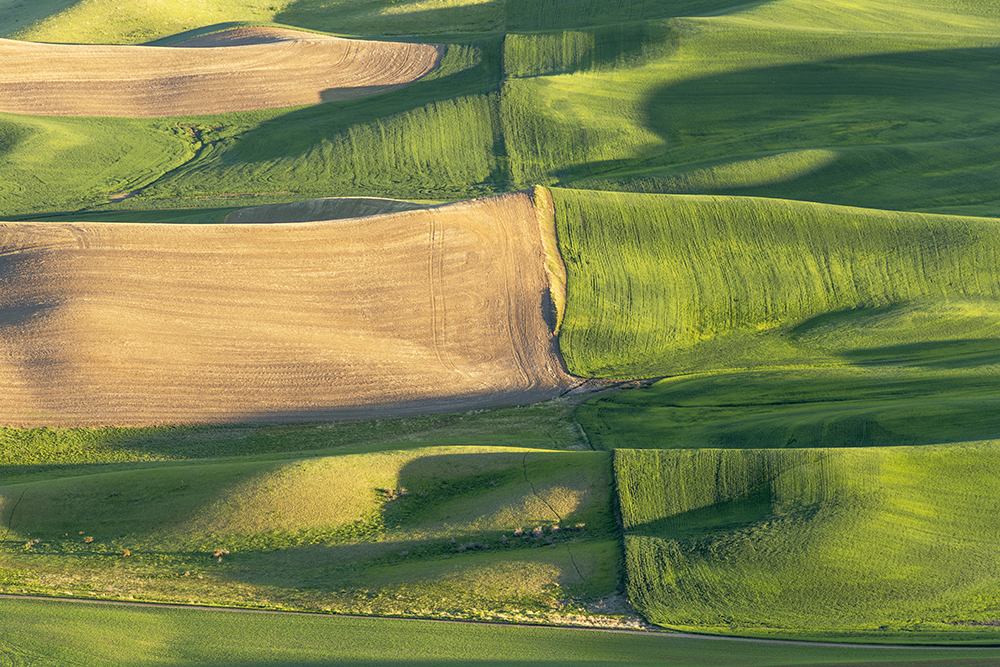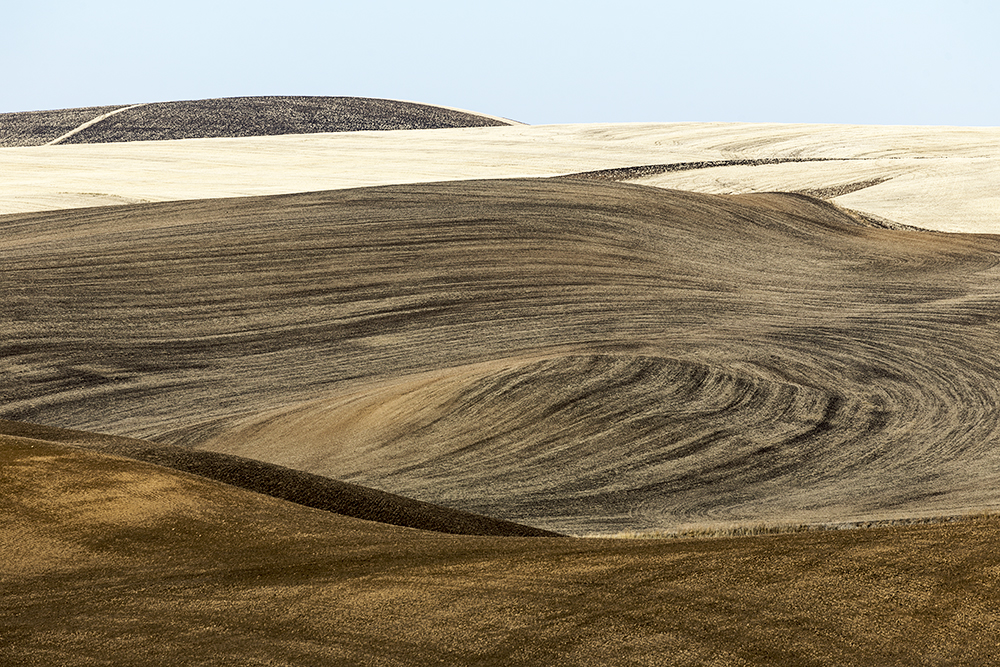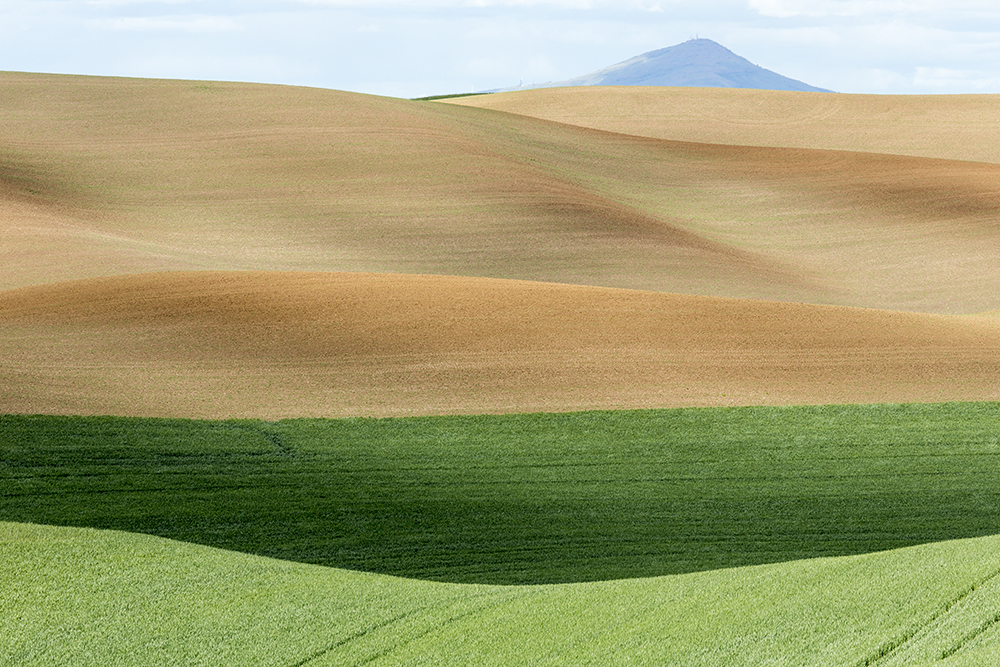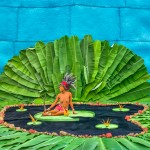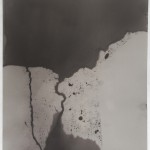CENTER’s Director’s Choice 2nd Place Award: David Gardner
David Gardner received 2nd Place in CENTER’s Director‘s Choice Award. His project, Into the Anthropocene, “allows human intervention to speak over the landscape itself in my images, I imagine a new landscape more of its Age“. Kim Sajet, Director, National Portrait Gallery, Smithsonian selected David’s work for this award and her statement is below.
The Choice Awards recognize outstanding photographers working in all processes and subject matter. The Awards are divided into four categories: Curator’s Choice, Editor’s Choice, Director’s Choice and Exhibitor’s Choice. Winners receive recognition via exhibition, publication, portfolio reviews and more. The Choice Award winners are invited to participate in an exhibition in Santa Fe, New Mexico during Review Santa Fe.
Kim Sajet was appointed director of the National Portrait Gallery in 2013. Presiding over a national collection of American portraiture is an extraordinary role for the Nigerian-born Sajet, who was raised in Australia and is also a citizen of the Netherlands, and her global perspective is welcome and refreshing. She perceives how many of the notable Americans depicted in the Portrait Gallery collection are viewed outside the United States and offers us a deeper understanding about their accomplishments and influence.
This series of landscapes brought to mind Edmund Burke’s “terrible beauty” of nature reference in the mid-eighteenth century when he noted that the terror of natural destruction has a gruesome pleasure attached that is at once awful, exciting, and sublime. The Palouse grasslands—named by fur traders to acknowledge the French word for “lawn”—located in the southeastern region of Washington State, were once part of an extensive prairie that has now become the “bread basket” of American food production. It is one of the most endangered ecosystems in the world. I know this because these photographs, like all great art, encouraged me to delve deeper into the story they are representing. Literally writing this on the first day of the Smithsonian’s Earth Optimism Summit, my wish is that these beautiful/terrible pictures—so carefully balanced in terms of color, composition, pattern and light—help reverse the destruction of the Anthropocene Age and the mass extinctions of plant and animal species, pollution, and climate change, that we have wrought.
A word to the artists
I honestly believe that art can change the world, and as artists, you lead that change. So when choosing what to create, it’s important to start from your own personal wellspring of emotion and experience and then find a way to convey that to the rest of us. One great picture is worth more than ten, so take time to curate your submissions with an eye to developing a journey for the viewer. Just like each chapter in a book makes a great story, each work of art contributes to make an impactful body of work. Many times I loved someone’s photograph, but one bad picture—or too many—put the entry out of contention.
Similarly, if you want your viewers to identify with you, don’t use long, overwrought, and verbose language to talk about it! So many of the explanations just seemed incomprehensible and/or pretentious. Curators love artists who have a simple and elegant turn of phrase—trust me on this. At my museum we call it “art-speak flapdoodle”!
And finally, ask yourself if what you are presenting will be of interest to someone else in a new and imaginative way? Many of the submissions talk of personal experience, documenting autobiographical people and places that no doubt resonate with family and friends. But do they have a transcendent quality that could appeal to complete strangers sometimes living on the other side of the world? Similarly, are your pictures unique, or are you taking another famous artist’s ideas or style and adapting them with little change? Artistic appropriation, unless it’s extremely sophisticated and “additive” to the original idea, isn’t fair to the person whose work you admire—or, to be honest, yourself.
I live part-time in San Francisco and part-time in a 26 ft. Lazy Daze motorhome, christened Carpe Diem, pursuing my photographic interests across the continent. I am largely self-taught, but consider my longtime friendship with fine art photographer Stephen Johnson, and influence from folks like Bob Dawson, Richard Misrach and Edward Burtynsky, to be the basis of my photographic inspiration and proficiency. I studied graphic arts and multimedia design at San Francisco State University, and attended classes for a time at the San Francisco Art institute. My photographs have been exhibited across the country.
My approach to the landscape has evolved over time to better reflect the essence of the landscape as I see it. During that time, my approach became quite contemplative, and resulting images more intimate and simple in design. My belief is that the true genius of nature lies in the subtlest of moments.
Recently I have shifted my emphasis, as the difficulty of isolating landscapes free of human intervention has increased. I not only include evidence of human impact, but also people, in the context of the landscape, now appear. I am looking more at how we use land and what we communicate through that use. In order to preserve what we have, I believe it is important to reveal what we are losing,
Into the Anthropocene
In 2016, those who determine such things officially agreed the Earth had entered a new age in its evolution. Termed the Anthropocene, it is defined as human-influenced, where human activity has caused irreversible changes to climate, ocean and landform. Anthropocene supplants the Holocene that began at the end of the last ice age about 11,000 years ago. Our new Earth Age is the starting point for this series of pictures that seeks to explore vast man-altered landscapes. I am both concerned and curious how repercussions from this turning point are impacting our earth, and feel a need to address it in an ongoing way.
To begin my exploration, I traveled to the Palouse grasslands – now wheat fields – of eastern Washington to immerse myself in a landscape terraformed and overlaid by commerce since before the dawn of the Anthropocene (actual starting point TBD). By highlighting this region, I hope to bring attention to difficult choices we face when considering exploitation or preservation of ecosystems.
The topography of the region is embellished by pattern and design across its surface – all byproducts of efficient farming required by constraints of the rolling terrain. It seemed a visual dance – or was it a struggle – between human imposed order and natural growth cycles, an imposition and collaboration at the same time. What was revealed I found compelling – strangely alien but completely human. By allowing human intervention to speak over the landscape itself in my images, I imagine a new landscape more of its Age.
Posts on Lenscratch may not be reproduced without the permission of the Lenscratch staff and the photographer.
Recommended
-
Arnold Newman Prize: C. Rose Smith: Scenes of Self: Redressing PatriarchyNovember 24th, 2025
-
Celebrating 20 Years of Critical Mass: Cathy Cone (2023) and Takeisha Jefferson (2024)October 1st, 2025
-
Celebrating 20 Years of Critical Mass: George Nobechi (2021) and Ingrid Weyland (2022)September 30th, 2025
-
Celebrating 20 Years of Critical Mass: Amy Friend (2019) and Andrew Feiler (2020)September 29th, 2025
-
Celebrating 20 Years of Critical Mass: Jennifer McClure (2017) and JP Terlizzi (2018)September 28th, 2025

